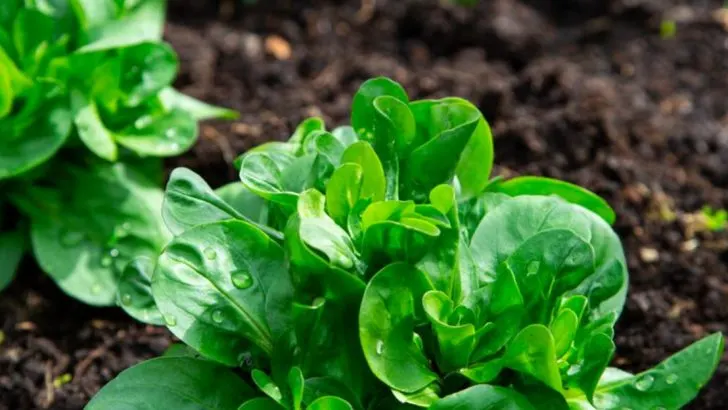July is not too late—it’s perfect. While everyone else is melting in the heat, you’re about to pull a fast one on fall. Plant now, and your autumn garden will explode with flavor just as summer calls it quits. These eight vegetables don’t mind the long days and high temps. In fact, they need that head start to hit their stride when the cooler air rolls in. Forget the myth that spring is the only planting season. July is your secret weapon. Grab your seeds, dig in, and set your future self up for crispy greens, sweet roots, and harvests that make your neighbors jealous. Fall doesn’t begin in September. It starts now.
Broccoli
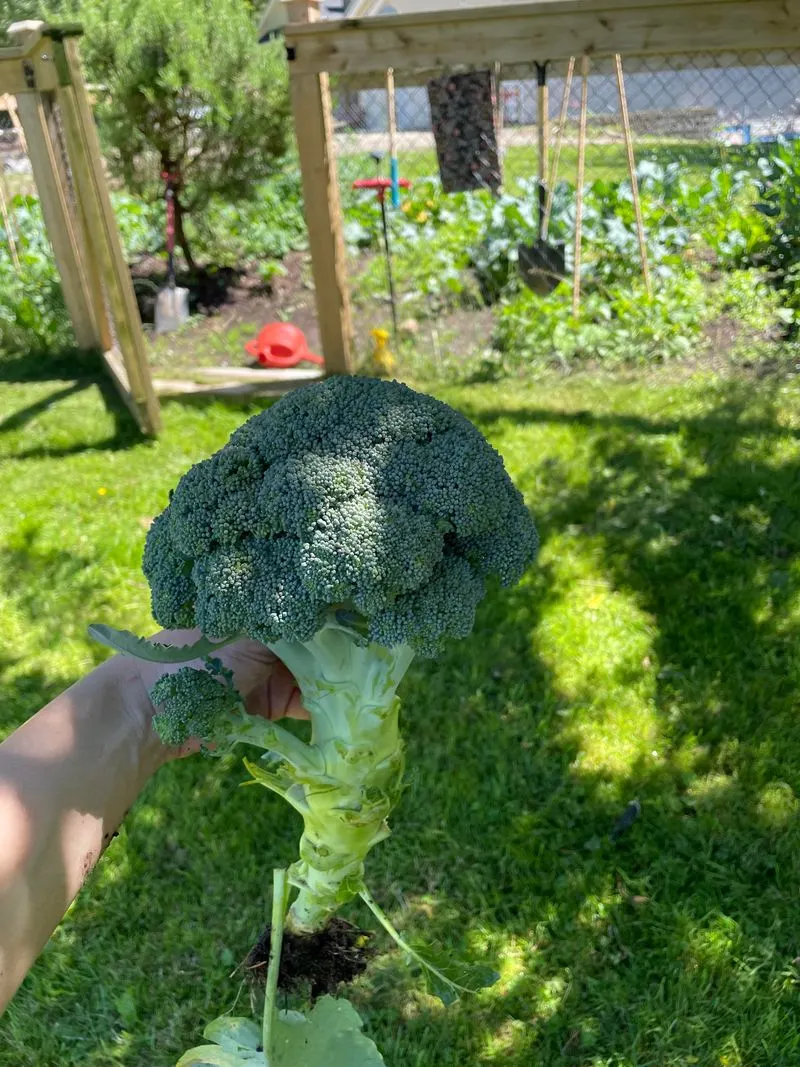
Broccoli, with its nutrient-packed florets, is a star in the fall garden. Begin seeding in July for a robust crop that withstands cooler temperatures.
These green crowns not only offer a delightful crunch but also boast numerous health benefits.
Rich in vitamins, broccoli is a versatile vegetable that fits seamlessly into any meal, be it a hearty soup or a fresh salad. Did you know? Broccoli has been cultivated for over 2,000 years and was a favorite of the ancient Romans.
Kale
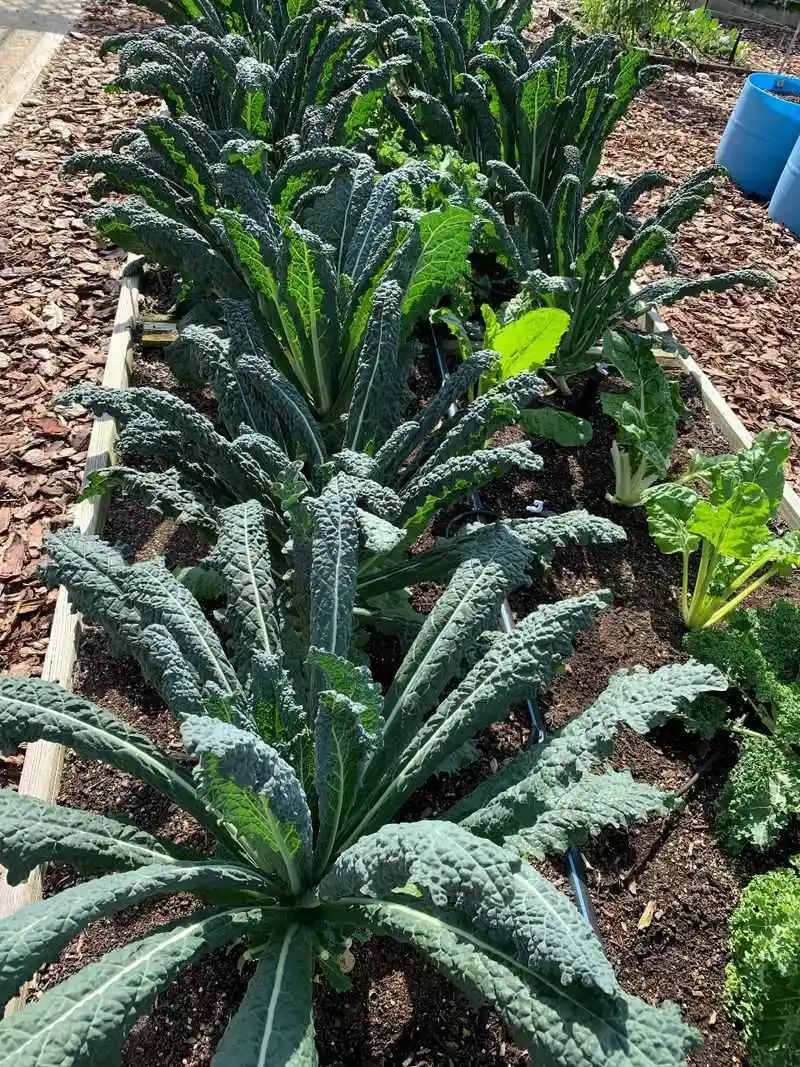
Kale’s resilience makes it a must-have for fall planting. This leafy green thrives when seeded in the midsummer warmth of July.
Its slightly bitter taste mellows with cooler weather, adding depth to dishes. Whether sautéed or blended, kale is a superfood powerhouse packed with antioxidants.
Historically, kale has been a staple in European gardens since the Middle Ages. Its ability to resist pests and diseases makes it a gardener’s ally.
Carrots
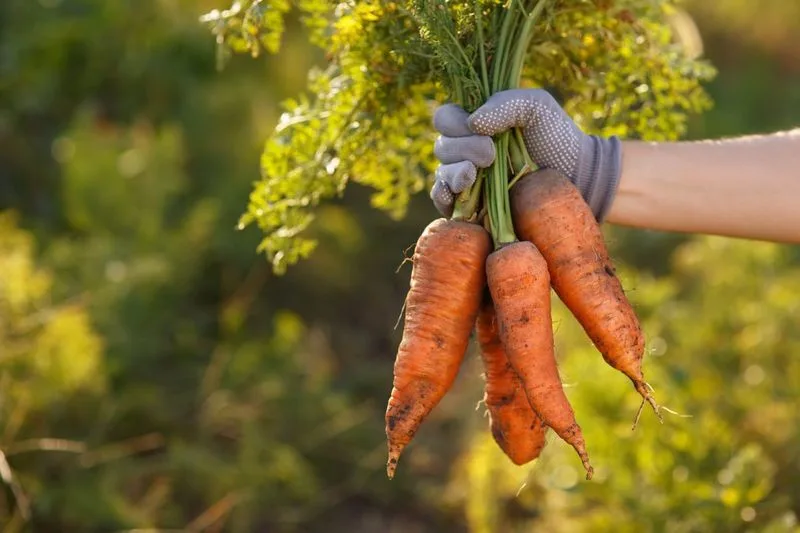
Orange, crisp, and sweet, carrots are a delight to grow for a fall harvest. Seed these root vegetables in July, and they’ll develop a rich sweetness as temperatures drop.
The earthy aroma when pulling them from the ground is akin to unearthing buried treasure. Carrots are not only versatile in culinary use but also rich in beta-carotene, essential for good vision.
Interestingly, carrots were originally purple, with orange varieties only becoming popular in the 17th century.
Spinach

Spinach, with its tender, nutrient-rich leaves, is perfect for seeding in July for a fall crop. Its rapid growth ensures a quick turnaround, providing fresh greens when other plants start to fade.
Spinach thrives in the cooler months, enhancing its flavor and texture. Versatile in salads, smoothies, or sautés, spinach is a garden favorite.
Did you know? Spinach originated in Persia and gained popularity in the Mediterranean region during the Middle Ages.
Beets
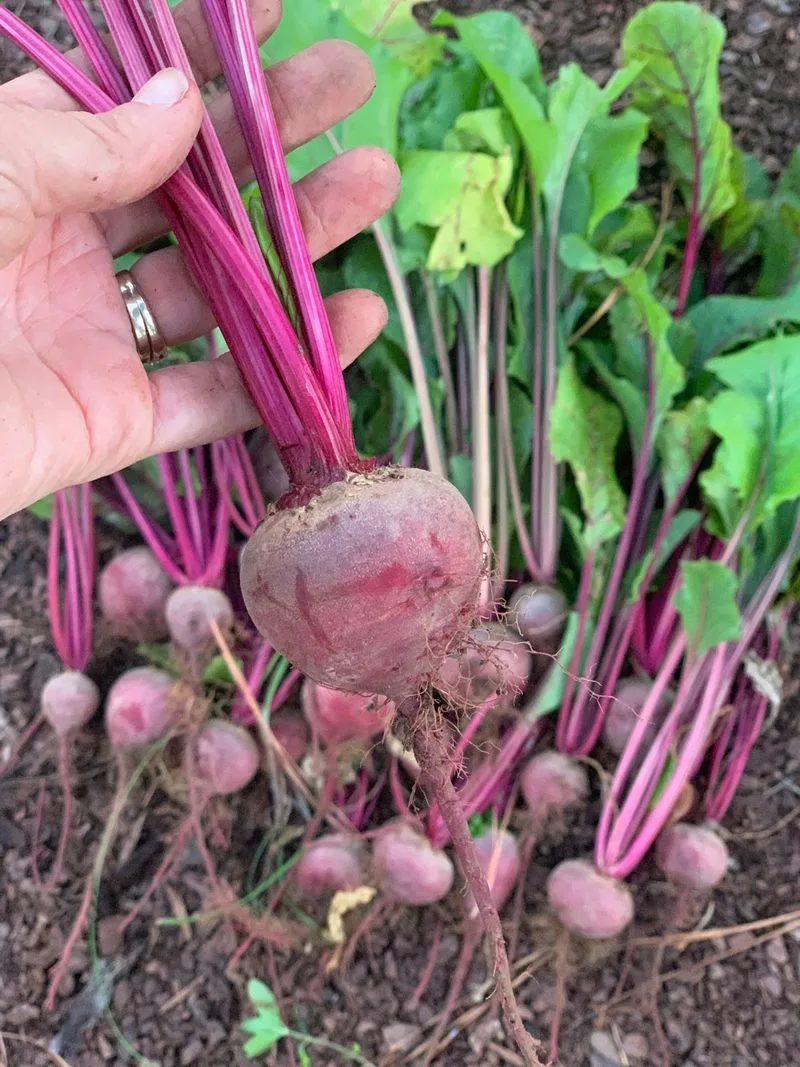
With their earthy sweetness and vibrant color, beets are a fantastic choice for fall. Seed them in July, and enjoy their dual-purpose leaves and roots.
Beets are highly adaptable, thriving in various soil conditions. Their nutrients, especially folate, promote heart health and vitality.
Historically, beets were used as an aphrodisiac in ancient Rome, and their juice was considered a natural dye.
Radishes
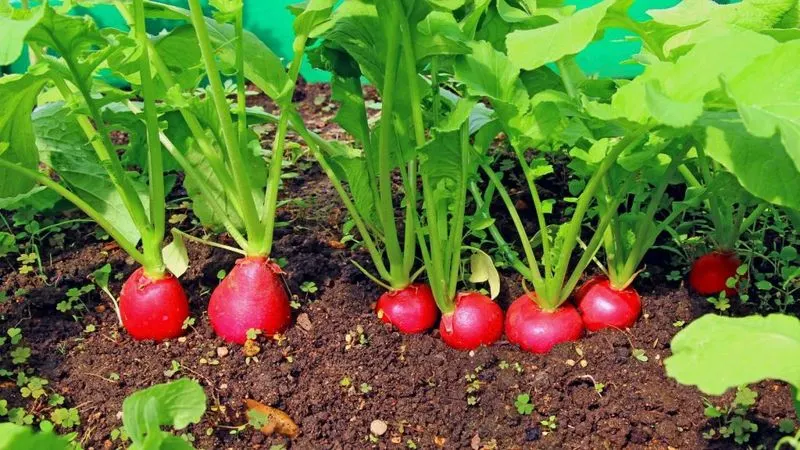
Radishes, with their peppery bite, add zest to any fall garden. Seeding them in July ensures a quick, rewarding harvest.
These vibrant roots are ready in just a few weeks, making them ideal for impatient gardeners. Radishes can be enjoyed raw, pickled, or roasted, adding a spicy crunch to meals.
Did you know? Radishes were one of the first European crops brought to the Americas, quickly becoming a staple.
Brussels Sprouts
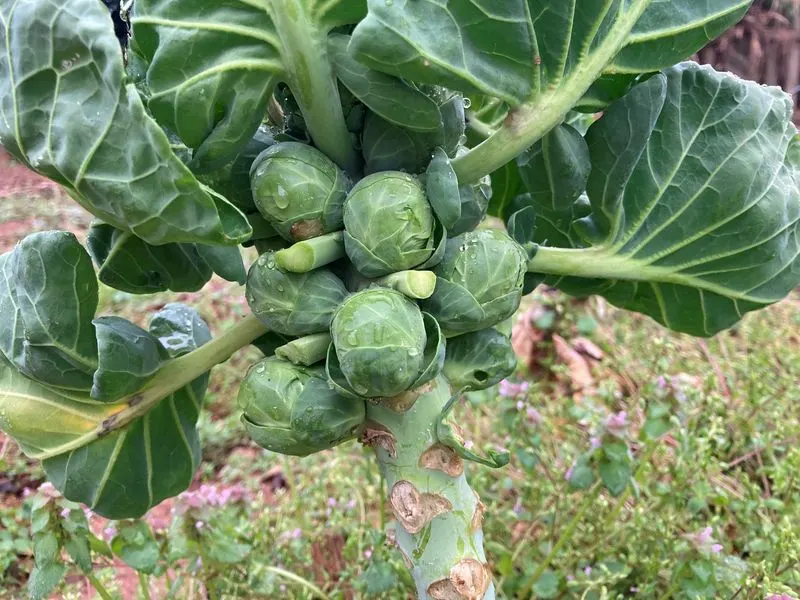
Brussels sprouts, with their unique flavor, are a fall favorite. Seed them in July to allow ample time for their compact heads to develop.
These mini cabbages are rich in fiber and vitamin K, supporting bone health. As temperatures drop, their flavor sweetens, making them a delightful side dish.
In the 16th century, Brussels sprouts were cultivated in Belgium, hence their name, and have been adored by gardeners ever since.
Turnips
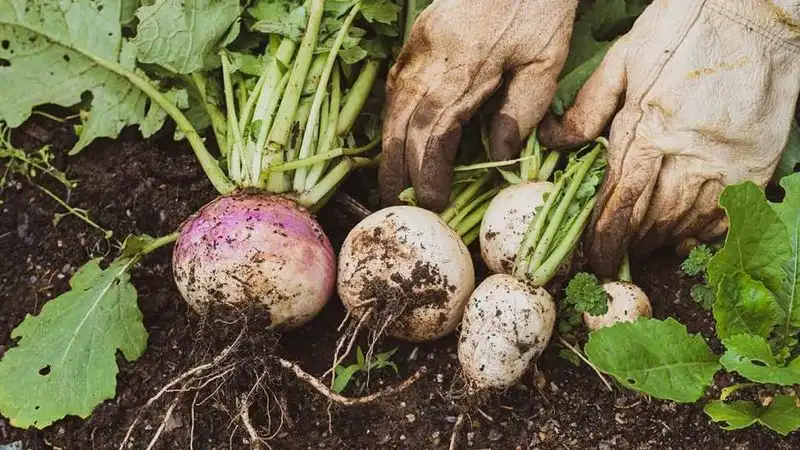
Turnips, with their mild flavor and crisp texture, are excellent for July seeding. Their dual-purpose nature allows you to enjoy both the roots and greens.
As a hardy crop, turnips withstand cooler weather, offering versatility in the kitchen. They’re perfect for roasting, mashing, or adding to stews.
A fun fact: Turnips were a staple food in ancient Greece and Rome, often fed to livestock and used in traditional dishes.

